
Why is it important to know about exoplanets having their atmospheres stripped while orbiting F-type stars? This is what a recent study submitted to The Astronomical Journal hopes to address as an international team of scientists conducted a first-time investigation into atmospheric escape on planets orbiting F-type stars, the latter of which are larger and hotter than our Sun. Atmospheric escape occurs on planets orbiting extremely close to their stars, resulting in the extreme temperature and radiation from the host star slowly stripping away the planet’s atmosphere.
Continue reading
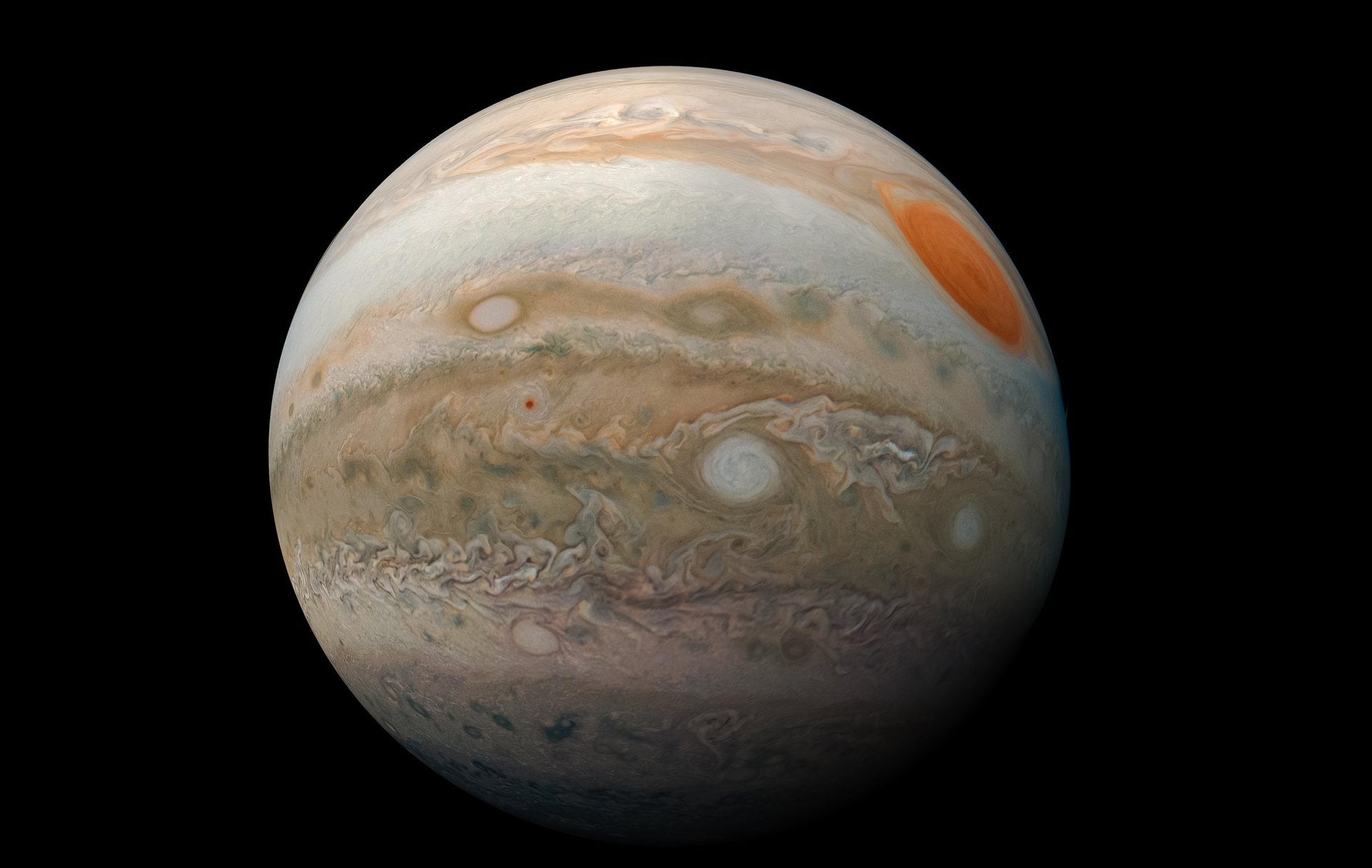
The gas giant’s early growth carved rings in the protoplanetary disk that surrounded our Sun billions of years ago. This process set the architecture for the inner Solar System and prevented Earth from spiraling into the Sun.
Continue reading
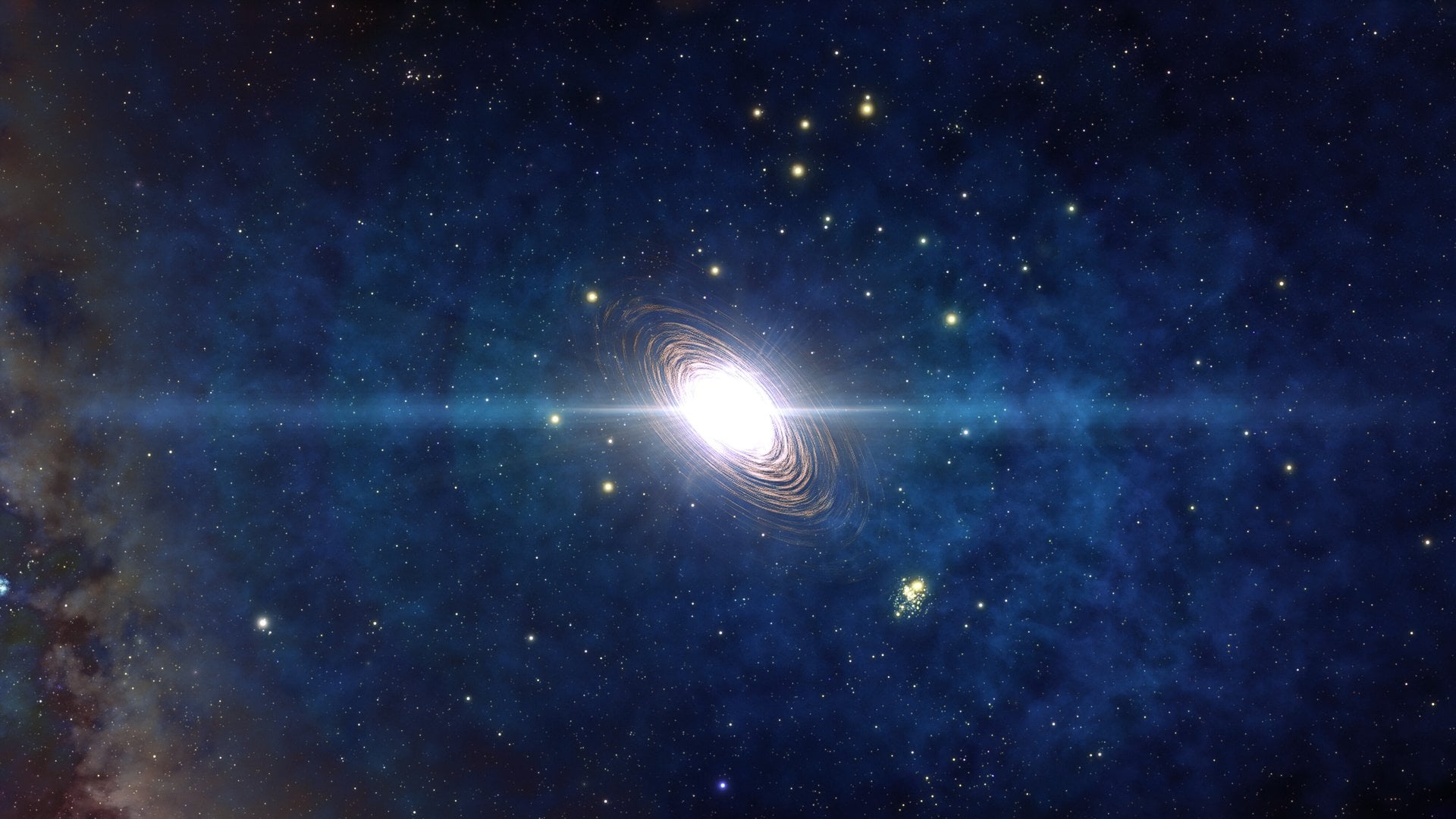
New research from Tel Aviv University reveals that the first stars in the Universe formed in binary systems. These stars played a vital role in the evolution of early galaxies, giving rise to black holes and seeding the Universe with the ingredients for life.
Continue reading

A tiny dim satellite galaxy of the Milky Way doesn't have enough stars to hold itself together. Its properties suggest that its dark matter halo is holding it together, but new research counters that. Researchers say that it's not dark matter but a massive black hole that's keeping the dwarf galaxy intact.
Continue reading

Current gravitational wave observatories can't see a range of frequencies known as mid-band. That could change with a new detector that uses a trick from atomic clocks.
Continue reading

As a kid you ever play that game Guess Who? If you haven’t, it’s actually kinda fun.
Continue reading

Lockheed Martin Skunk Works has executed the first test flight of the X-59 quiet supersonic aircraft in partnership with NASA. The first flight was subsonic, but eventually the plane will demonstrate technologies aimed at reducing sonic booms to gentle thumps.
Continue reading
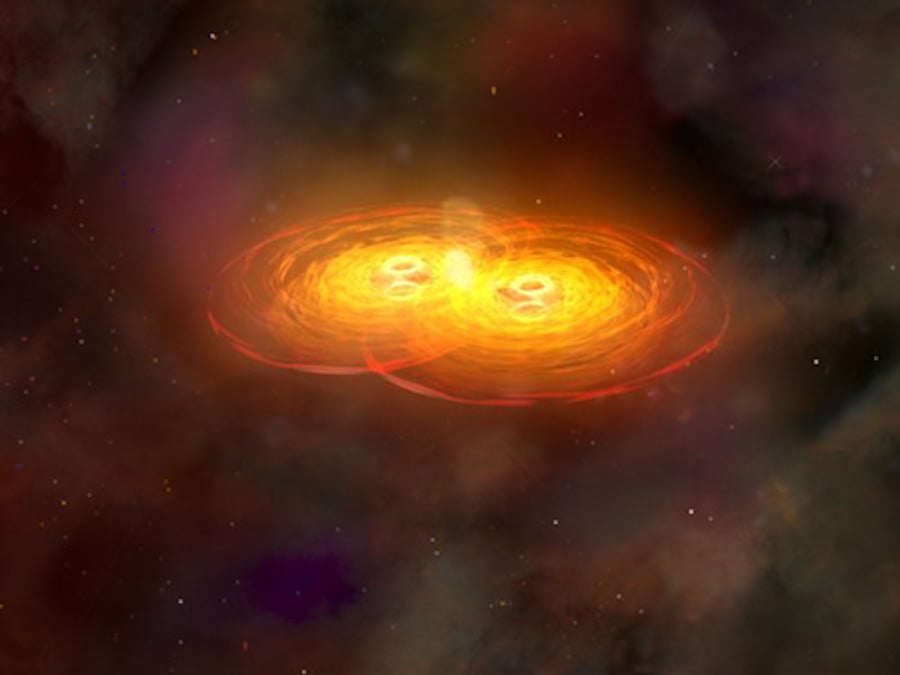
Black holes are eating each other and growing fat on the remains! They then seem to move on, finding new partners to devour in what can only be described as a cycle of violence. Two gravitational wave detections from late 2024 have caught these “second generation" black holes in the act, one spinning so fast it ranks among the most extreme ever observed, the other rotating backwards. These aren't simple collisions between black holes born from dying stars, instead they're the products of earlier mergers now colliding again in crowded stellar neighbourhoods, carrying the scars and strange spins of their violent pasts into the fabric of spacetime itself.
Continue reading
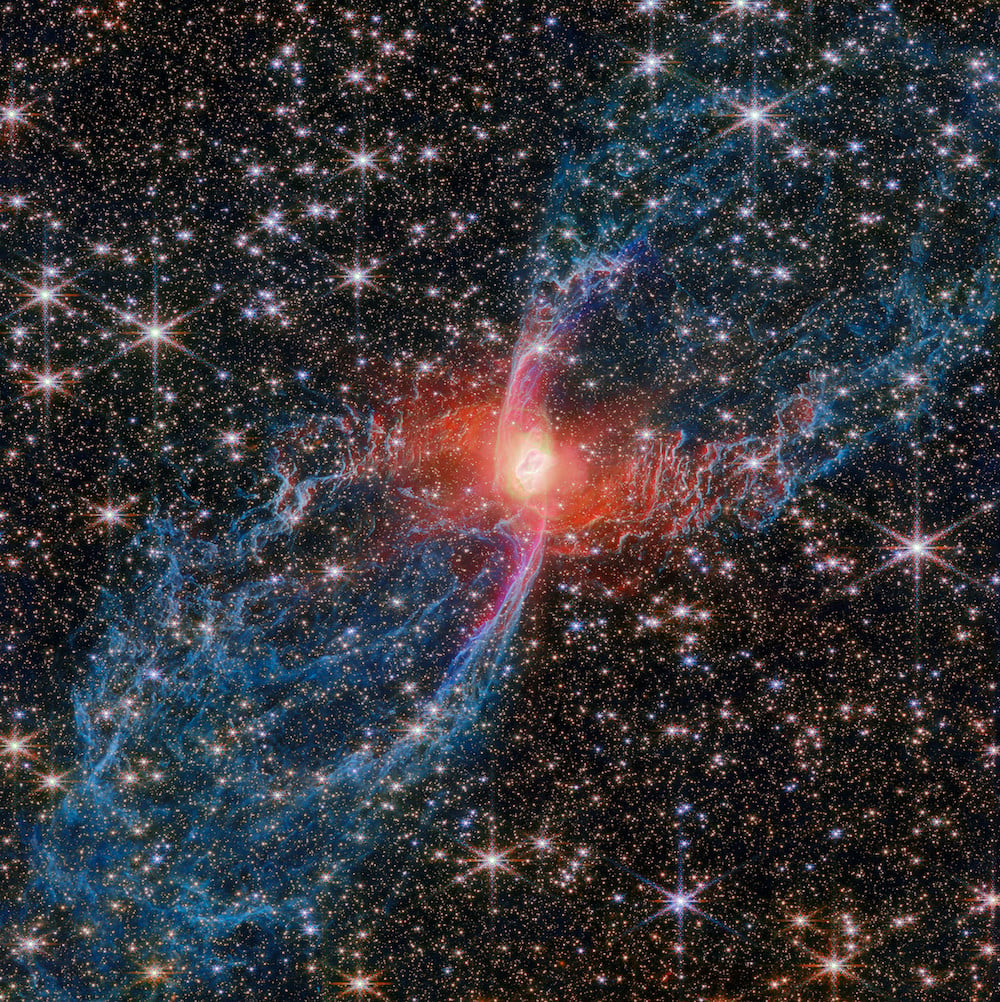
A giant spider sprawls across space, its three light year legs stretching into the cosmos powered by a star in its death throes. The James Webb Space Telescope has captured the Red Spider Nebula in stunning new detail, revealing not just the spectacular structure of a dying Sun like star, but also hints of a hidden companion influencing the show. What appeared faint and unremarkable in previous observations now blazes with infrared light, exposing hot dust shrouding the central star and fast moving jets of ionized iron creating ripples through expelled stellar material.
Continue reading

I tour a science show around the UK and have often fancied a flame thrower based demo, theatres are not so keen though. Imagine the Sun as a flamethrower in its youth, hurling solar storms and plasma bombs into space with incredible ferocity. Scientists have just witnessed what those ancient events might look like by observing a young star similar to our infant Sun, and the findings are both alarming and fascinating. Using observations from the Hubble Space Telescope and ground observatories across three countries, researchers captured a two stage plasma eruption far more powerful than anything we see from the modern Sun, the kind of violence that may have either destroyed early life on Earth or surprisingly made it possible in the first place.
Continue reading

The Habitable Worlds Observatory (HWO) is slated to be the next Great Observatory for the world. Its main focus has been searching for biosignatures in the atmospheres of at least 25 Earth-like exoplanets. However, to do that, it will require a significant amount of effort with only a coronagraph, the currently planned primary instrument, no matter how powerful that coronagraph is. As new paper from Fabien Malbet of the University of Grenoble Alpes and his co-authors suggest an improvement - add a second instrument to HWO’s payload that will be able to astrometrically track planets down to a precision of .5 micro-arcseconds (µas). That would allow HWO to detect Earth-size planets around hundreds of nearby stars - dramatically increasing the number of potential candidates for atmospheric analysis.
Continue reading

Can water-rich exoplanets survive orbiting white dwarf stars, the latter of which are remnants of Sun-like stars? This is what a recent study accepted to The Astrophysical Journal hopes to address as a team of researchers investigated the likelihood of small, rocky worlds with close orbits to white dwarfs could harbor life. This study has the potential to help scientists better understand the conditions for finding life as we know it, or don’t know it, and where to find it.
Continue reading
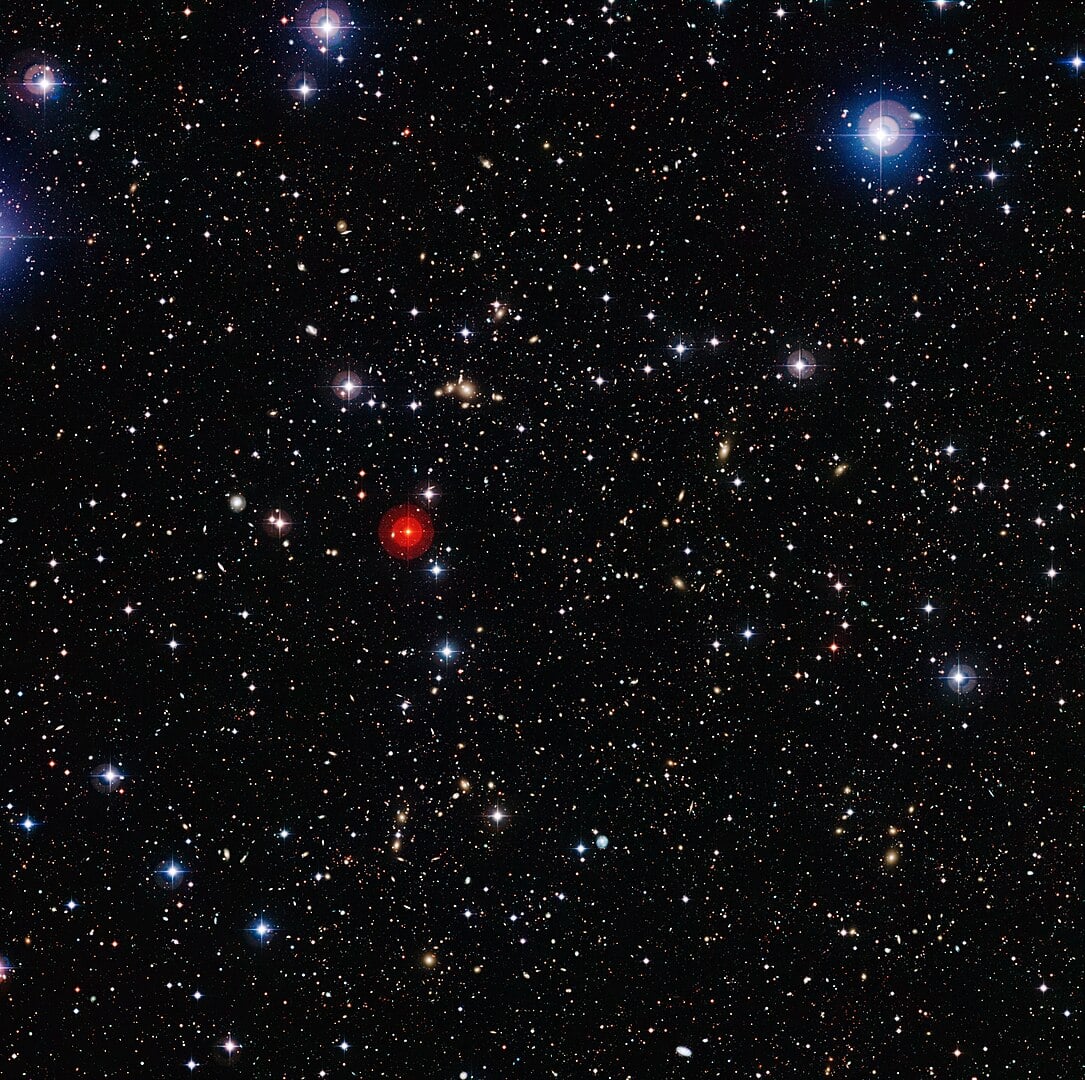
A team of scientists has released a new survey mapping massive galaxy clusters, some of the largest structures in the universe, to test whether our fundamental understanding of the laws of the universe need revision. The analysis, using six years of Dark Energy Survey data, addresses an ongoing debate about whether the universe has more structure than our best models predict, ultimately reinforcing that our current rules remain accurate while demonstrating that galaxy clusters provide a powerful independent method for probing the universe's deepest mysteries.
Continue reading
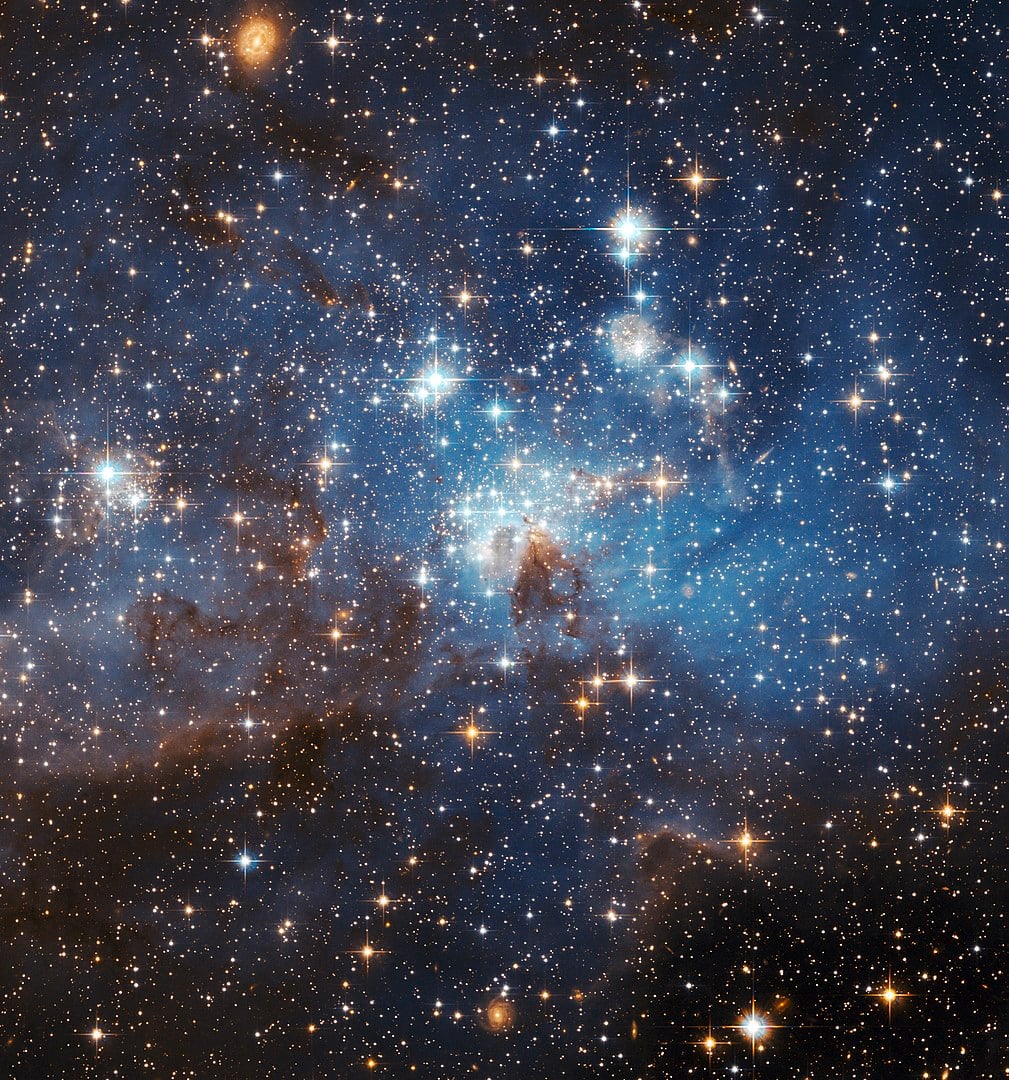
Astronomers have created the first large scale map of dark molecular gas in the Milky Way, revealing vast networks of invisible star forming material that have so far have remained undetected. Using the Green Bank Radio Telescope to observe faint signals from carbon, the research team has finally started to uncover one of astronomy's biggest mysteries. Their discovery uncovers turbulent flows of gas moving faster than expected and show how raw galactic matter transforms into the molecular clouds where stars are born.
Continue reading

A new study has reviewed how space habitat designs have evolved from inflatable bubbles to 3D-printed structures built from Martian dust. The research traces how engineers have wrestled with extreme temperatures, the bombardment of radiation, and the challenge of building on worlds without breathable air, transforming each obstacle into solved problems with innovative ideas and designs that could soon house the first permanent residents of the Moon and Mars.
Continue reading
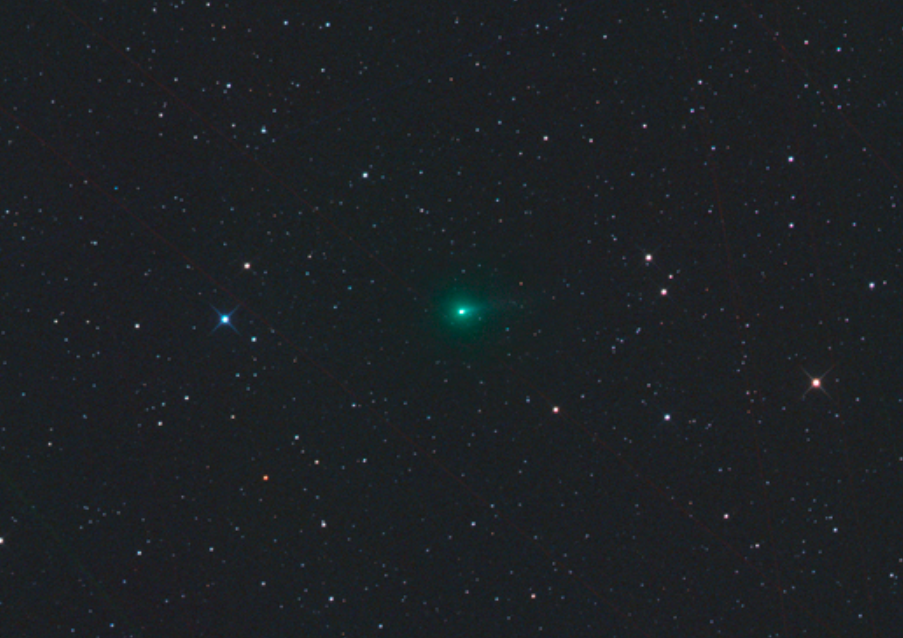
Everyone’s favorite interstellar comet 3I/ATLAS isn’t really hiding near perihelion this week, as amateur astronomers reveal. Don’t believe the breathless ballyhoo that you’re currently reading around the web about interstellar Comet 3I/ATLAS. In a clockwork Universe, comets are the big wildcard, and interstellar comets doubly so. This particular comet is scientifically interesting enough in its own right, no alien interlopers needed.
Continue reading

In the 1970’s Vera Rubin didn’t set out to upend modern cosmology.
Continue reading
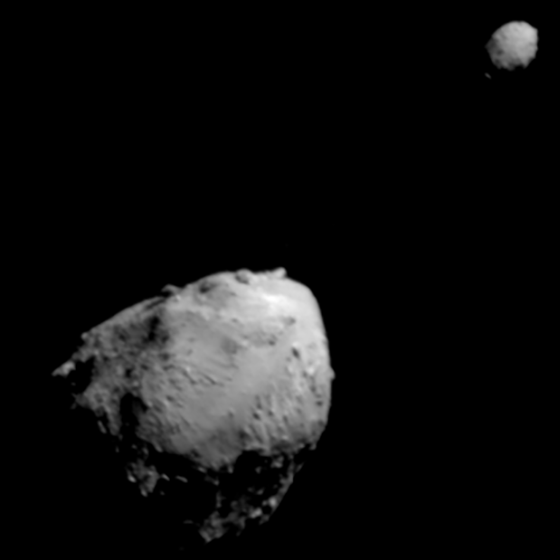
Asteroids spin. Most of them do so rather slowly, and up until now most theories of asteroid rotation have failed to explain exactly why. A new paper from Wen-Han Zhou at the University of Tokyo and his co-authors might finally be able to fully explain that mystery as well as a few others related to asteroid rotation. Their work was presented at the Joint Meeting of the Europlanet Science Congress and the American Astronomical Society’s Division for Planetary Science in late September and could impact our understanding of how best to defend against a potentially hazardous asteroid.
Continue reading

Could scientists find life in the clouds of exoplanet atmospheres? This is what a recently submitted manuscript hopes to address as a team of researchers investigated how the biosignatures of microbes could be identified in exoplanet atmospheres and clouds. This study has the potential to help scientists develop new methods for finding life on exoplanets, either as we know it or even as we don’t know it.
Continue reading

A team led by a University of Maryland astronomer detected large complex organic molecules in ices outside of the Milky Way for the first time, offering a glimpse into the chemistry of the early universe.
Continue reading

We cannot see directly beyond the cosmic microwave background, which means we can't directly observe the first 380,000 years of the Universe. But there are indirect ways we might observe this period.
Continue reading
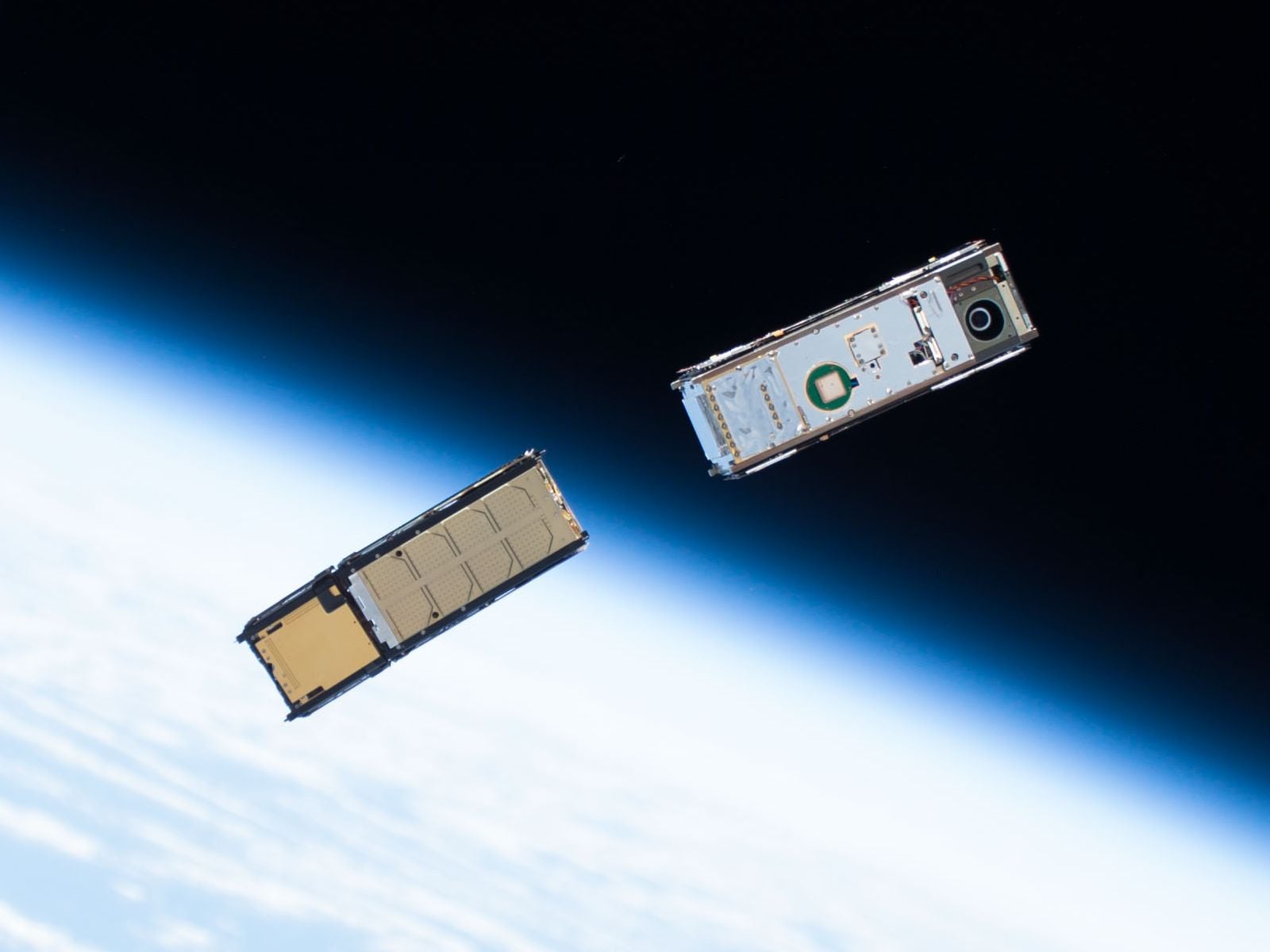
Satellites orbiting Earth face a constant assault from highly reactive single atom of oxygen which are created when solar radiation splits oxygen molecules in the upper atmosphere. These atoms don't just create drag that pulls spacecraft back to Earth, they also bind to satellite surfaces, causing corrosion that limits most satellites to roughly five year lifespans. A team of engineers at the University of Texas at Dallas have been developing a protective coating using techniques borrowed from microelectronics and optical manufacturing to counter the effects. The process the team have developed enables satellites to withstand conditions even harsher than those found in space. If successful, this coating could not only extend satellite lifetimes but enable spacecraft to operate in very low Earth orbit, a region currently too hostile for most missions.
Continue reading
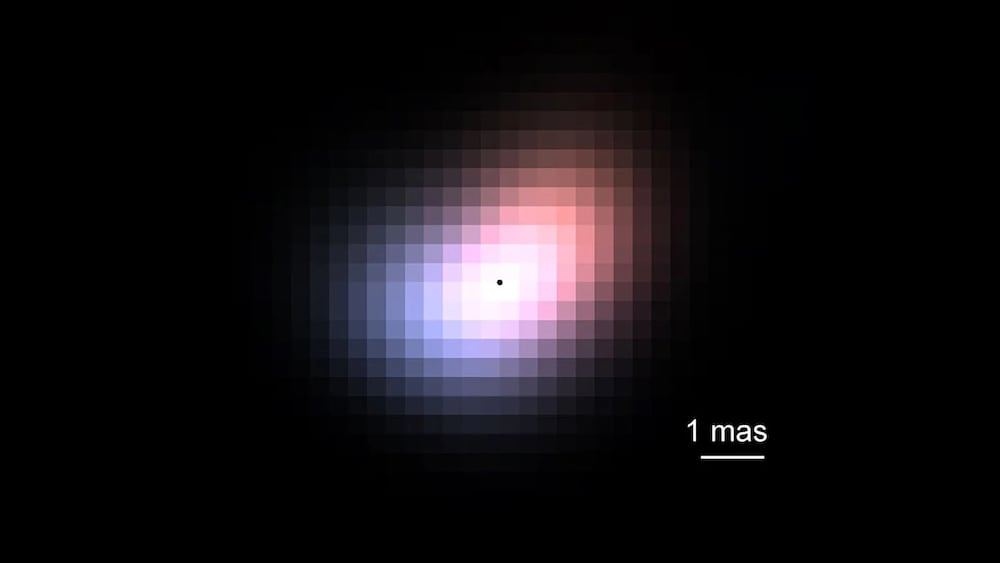
Astronomers have discovered a clever way to make a single telescope capture sharper details than should be physically possible. The technique involves feeding starlight through a special optical fibre called a photonic lantern. Anyone else thinking of a certain glowing green lantern from a movie? Alas not, instead of special powers, it splits light according to its spatial patterns like separating a musical chords into individual notes. The researchers achieved resolution that has never been achieved before without linking multiple telescopes together. When they tested the technique on a star 162 light-years away, they not only proved it works but stumbled upon an unexpected discovery, that the star's surrounding gas disc is mysteriously lopsided.
Continue reading
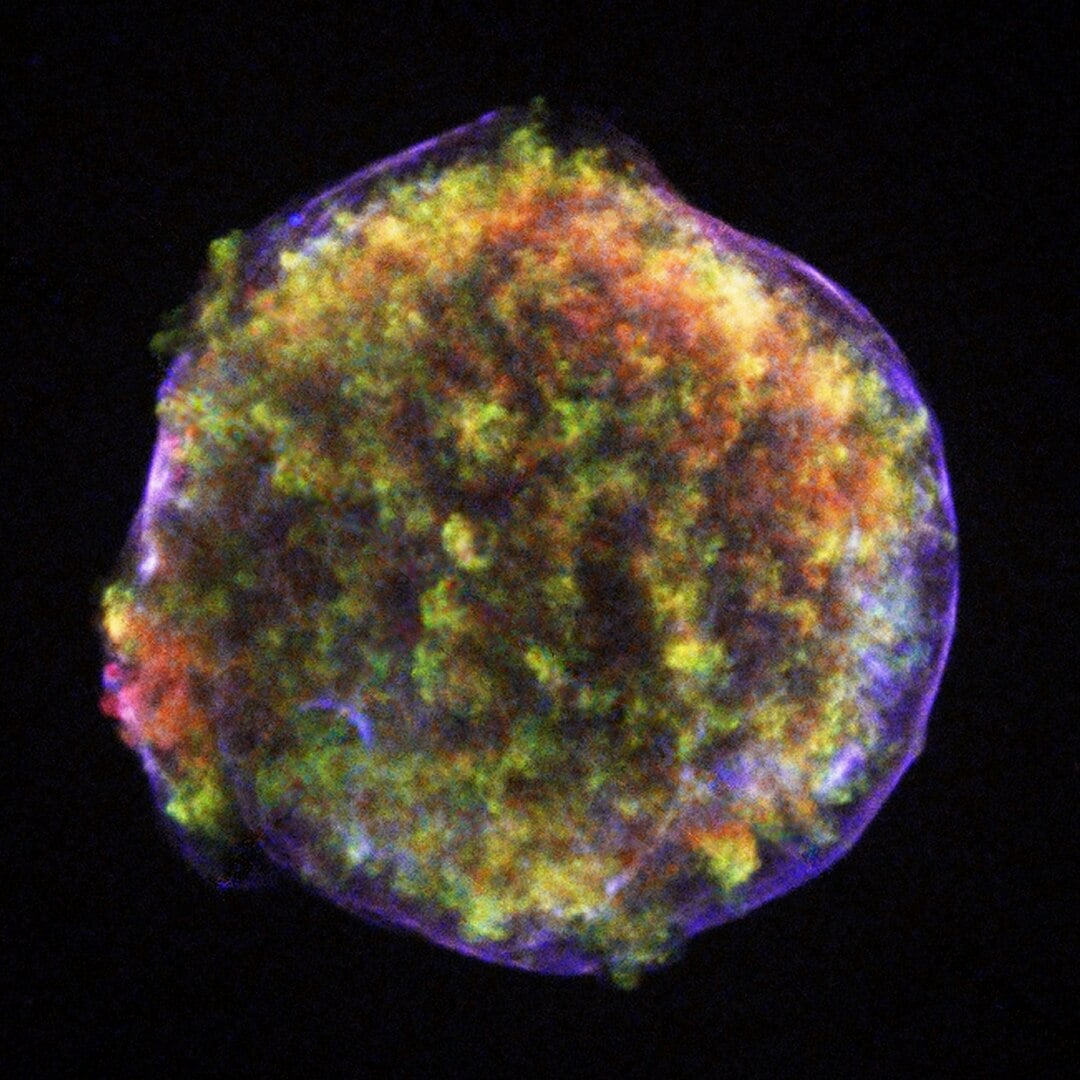
The famous Tycho supernova of 1572, witnessed by Danish astronomer Tycho Brahe, didn't explode in empty space as has been assumed. New analysis reveals it detonated inside a planetary nebula, the ghostly shell of gas expelled by an earlier dying star. The evidence lies in two "ear" shaped structures that were sticking out from the remnant's main shell, matching similar features in three other supernovae previously identified as explosions within planetary nebulae. This discovery supports the "core-degenerate" model where a white dwarf star merges with a companion star's core, with the explosion occurring hundreds of thousands of years later while the nebula remains intact. Most strikingly, if Tycho follows this pattern, it suggests that 70-90% of normal Type Ia supernovae may actually be supernovae inside planetary nebulae!
Continue reading
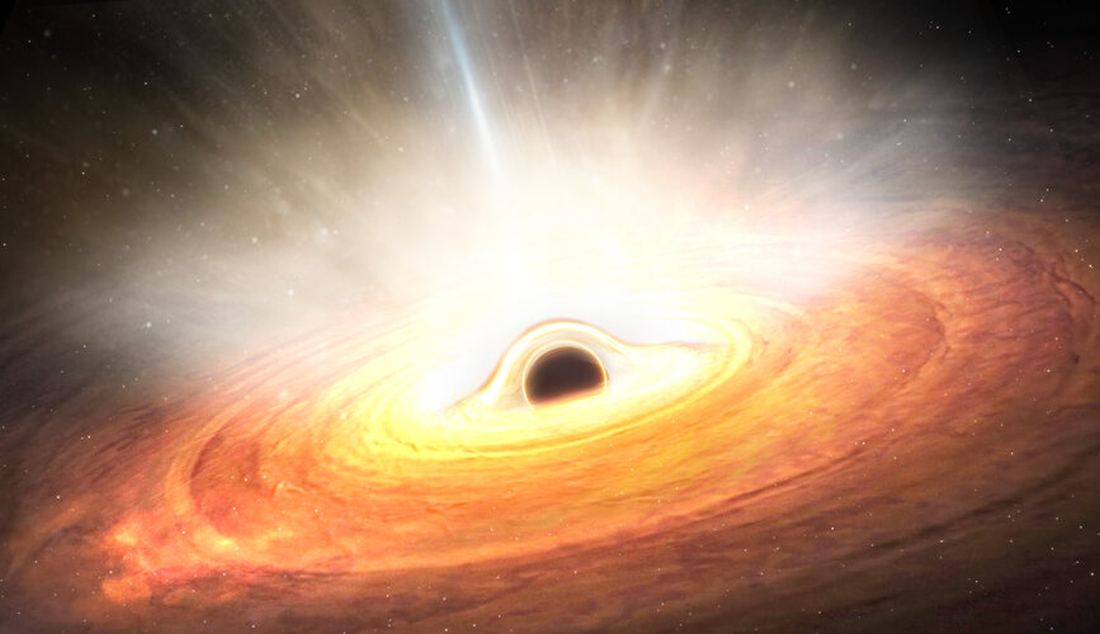
In a recent paper, a team of researchers proposes how humanity may someday relocate its entire civilization near the center of our galaxy to take advantage of the relativistic effects of the supermassive black hole there. They also indicate how other advanced civilizations could have done so already.
Continue reading
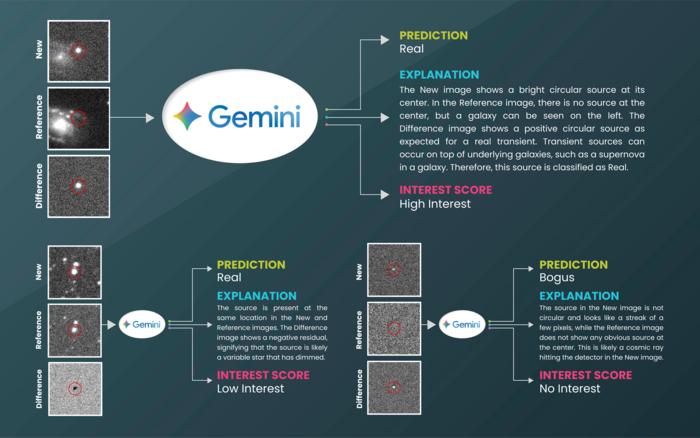
How can artificial intelligence (AI) help astronomers identify celestial objects in the night sky? This is what a recent study published in Nature Astronomy hopes to address as an international team of researchers investigated the potential for using AI to conduct astrophysical surveys of celestial events, including black holes consuming stars or even exploding stars themselves. This study has the potential to help astronomers use AI to enhance the field by reducing time and resources that have traditionally been used to scan the night sky.
Continue reading
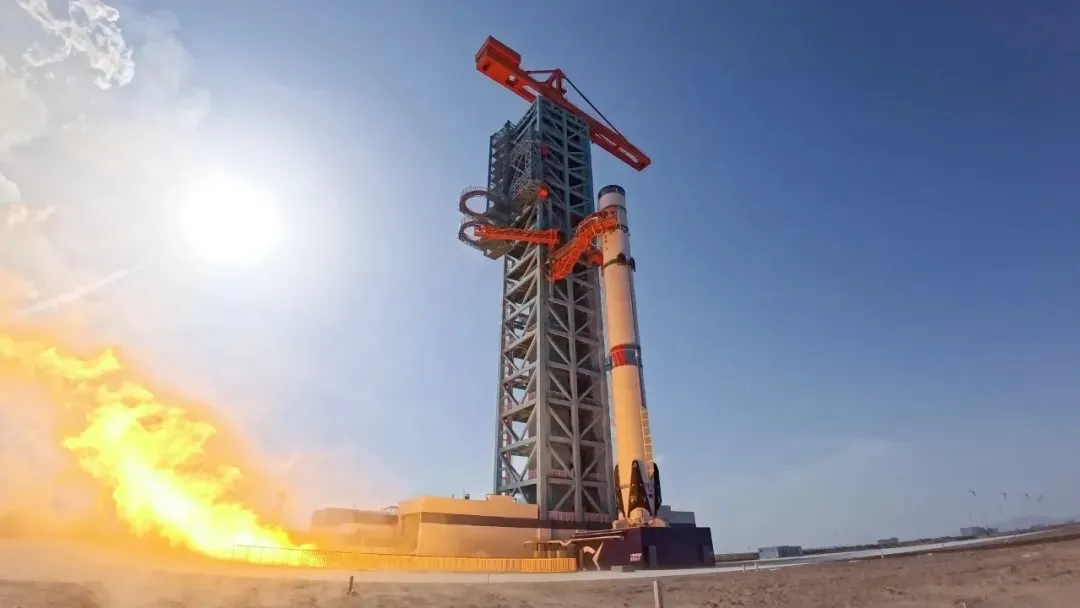
On Monday, Chinese company LandSpace executed a static-fire test with its 217-foot-tall Zhuque-3, a reusable rocket that China hopes will rival SpaceX. The rocket is on the way to its inaugural test flight expected at some point later this year.
Continue reading

Astronomers have found a new super-Earth only about 20 light years away. At that distance, it's a candidate for direct imaging.
Continue reading

The Universe is a strange place. The X-Ray Imaging and Spectroscopy Mission (XRISM) orbiting observatory recently highlighted this fact, when it was turned on a pulsar to document its powerful cosmic winds.
The discovery comes courtesy of ESA’s Resolve instrument, a soft X-ray spectrometer aboard XRISM. The study looked at neutron star GX 13+1. This is a strong X-ray source located in the constellation Sagittarius, very near the galactic plane towards the core of our galaxy. GX 13+1 is about 23,000 light-years distant.
Continue reading
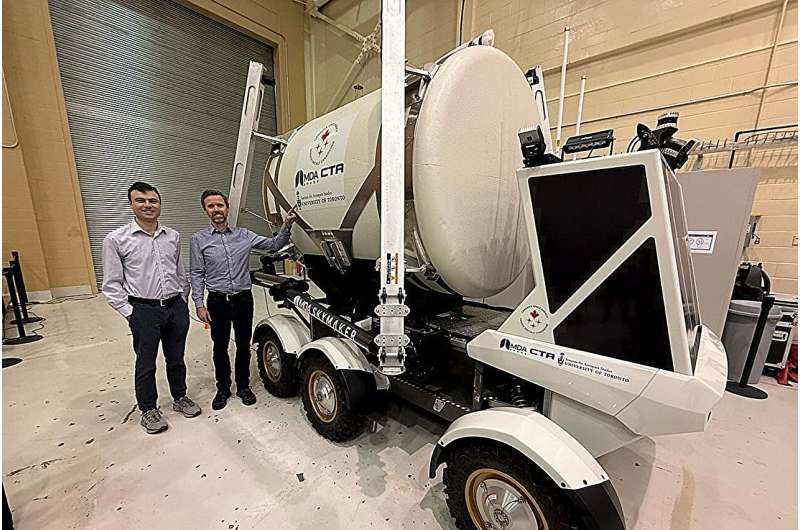
Driving on the Moon for the first time has got to be an exhilarating experience. But driving the same path on the Moon for the 500th time probably won’t be nearly as exciting to whatever poor astronaut got stuck with that duty for the day. With that in mind, a team of researchers led by PhD student Alec Krawciw and Professor Tim Barfoot of the University of Toronto are working on a way to automate the mundane task of driving goods back and forth from a lunar landing site to a nascent lunar exploration base.
Continue reading

Are we alone? It’s probably one of the, if not the most basic questions of human existence. People have been trying to answer it for millennia in one form or another, but only recently have we gained the tools and knowledge to start tractably trying to estimate whether we are or not. Those efforts take the form of famous tools like the Fermi Paradox and the Drake Equation, but there’s always room for a more nuanced understanding. A new paper in Acta Astronautica from Antal Veres of the Hungarian University of Agriculture introduces a new one - The Solitude Zone.
Continue reading
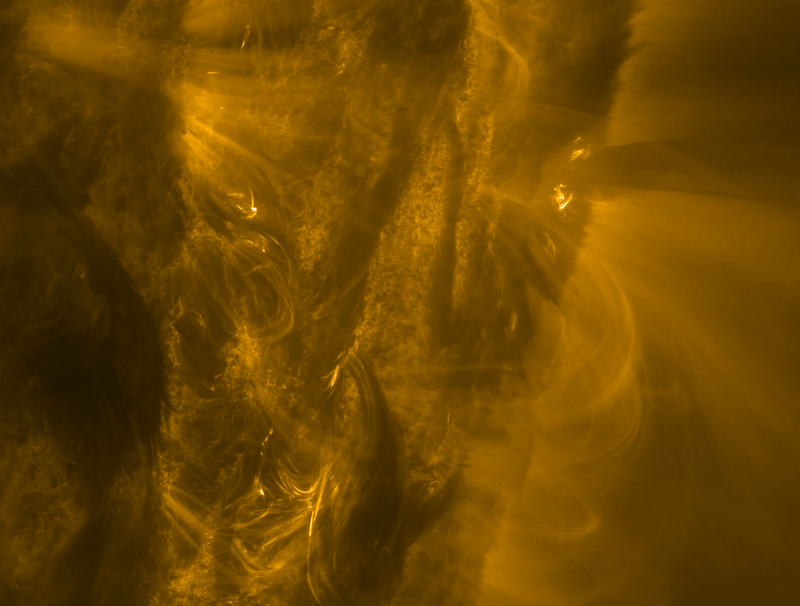
Threats from space aren’t always obvious, but statistically its only a matter of time before one of them happens. One of the most concerning for many space experts is a massive solar storm, like the one that literally lit telegraph paper on fire when it hit back in 1859. In the last 150 years our technology has improved by leaps and bounds, but that also means it's much more susceptible to damage if another event like the “Carrington Event”, as the storm in 1859 is called. Estimates for potential damage range into the trillions of dollars, with full economic recovery taking well over a decade if something isn’t done to mitigate the damage beforehand. As part of that preparedness, the European Space Agency (ESA) has started requiring the operational crew of new satellites, which would be on the frontlines of any solar storm catastrophe, to simulate how they would handle such an event, as described in a recent press release focused on one of those simulations.
Continue reading

A new study has revealed how phosphorus, a nutrient essential for photosynthesis, surged into ancient oceans and started Earth's first major rise in atmospheric oxygen more than 2 billion years ago.
Continue reading
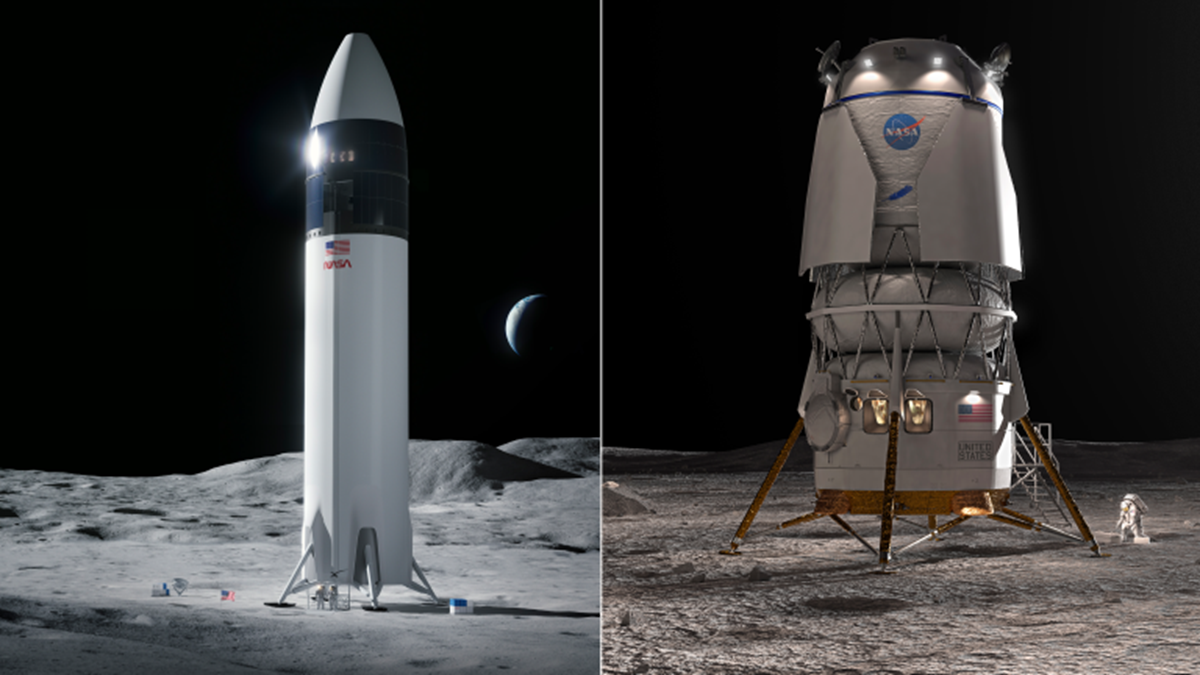
Acting NASA chief Sean Duffy announces that NASA's plan to land astronauts on the Moon by 2027 is no longer achievable and announces new competitions to develop a lunar lander.
Continue reading

The chemistry of a galaxy changes over time as generations of stars live and die, spreading the results of their nucleosynthesis out into space. But stars with different masses produce different elements, and these stars have different lifespans. That means that over time, the materials readily available for planet formation also change.
Continue reading
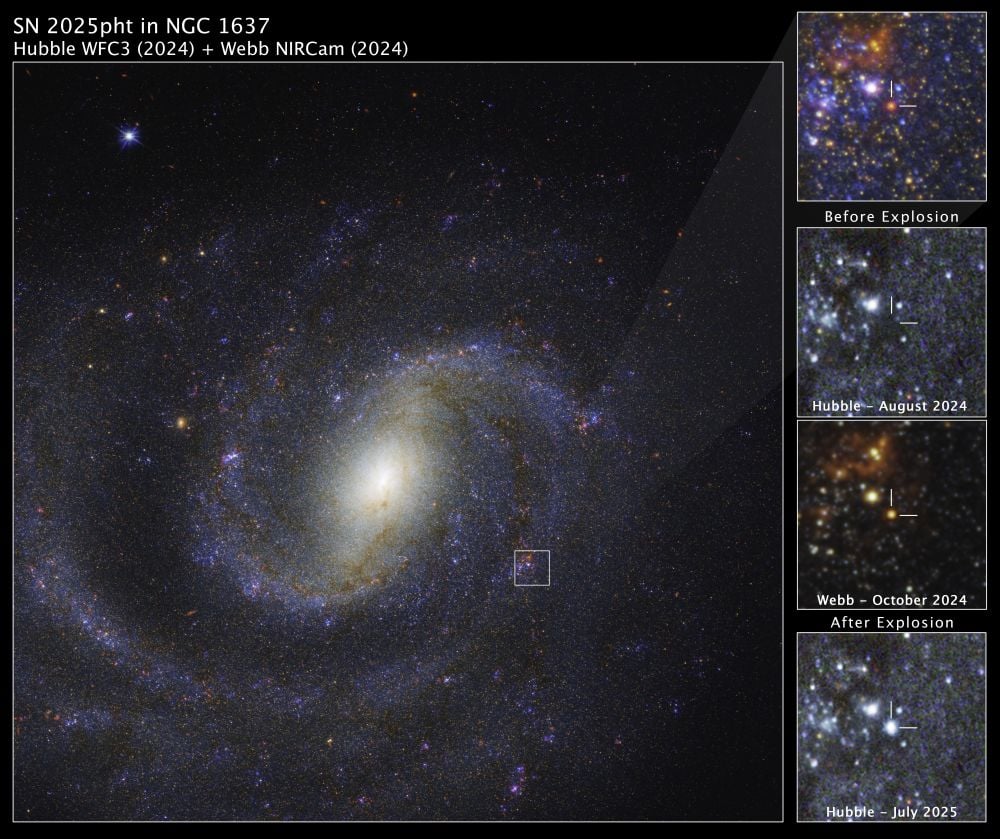
Astronomers working with the JWST, along with help from the Hubble, have found a red supergiant star that eventually exploded as a supernova. The discovery helps solve the 'red supergiant problem' that confounds efforts to understand how these stars serve as progenitors that eventually explode as Type II supernova.
Continue reading
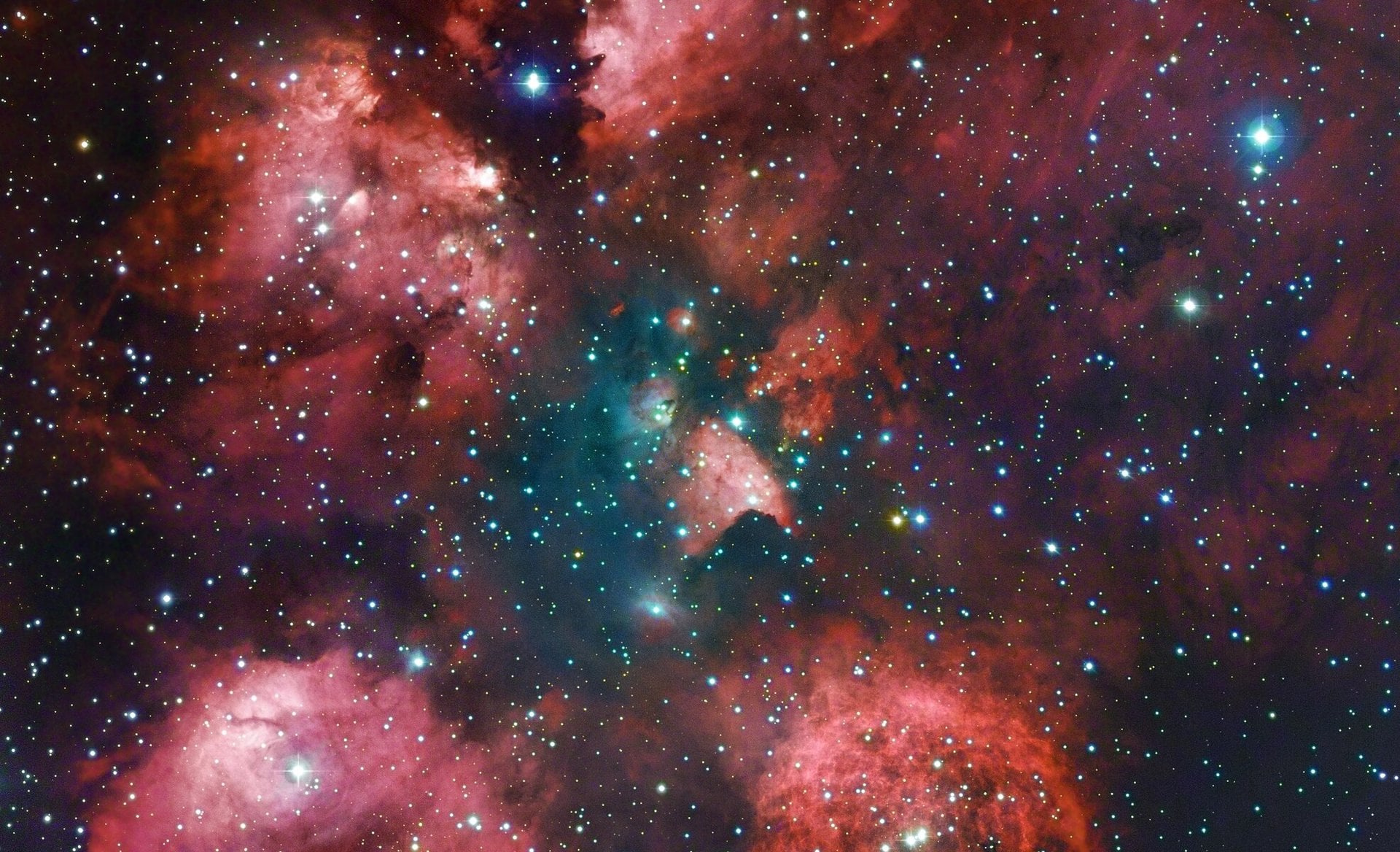
Dark matter could tint light passing through it, depending on the model. While the effect is tiny, it is just on the edge of our ability to detect it.
Continue reading

For the first time, astronomers have managed to capture a radio image showing two black holes orbiting each other. The observation confirmed the existence of black hole pairs. In the past, astronomers have only managed to image individual black holes.
Continue reading
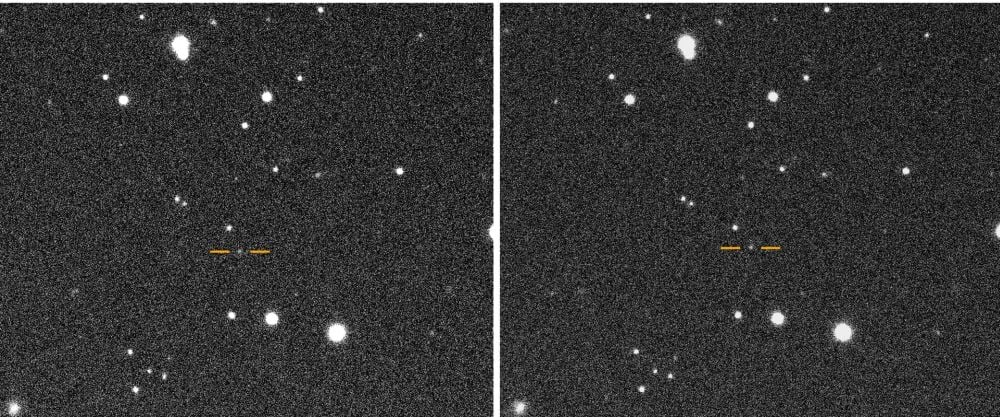
Astronomers have detected an extremely fast asteroid in the blinding light of the Sun. Objects are extremely difficult to discern in the Sun's glare, but these 'twilight' asteroids could pose a threat to Earth. It's important that we find them all.
Continue reading
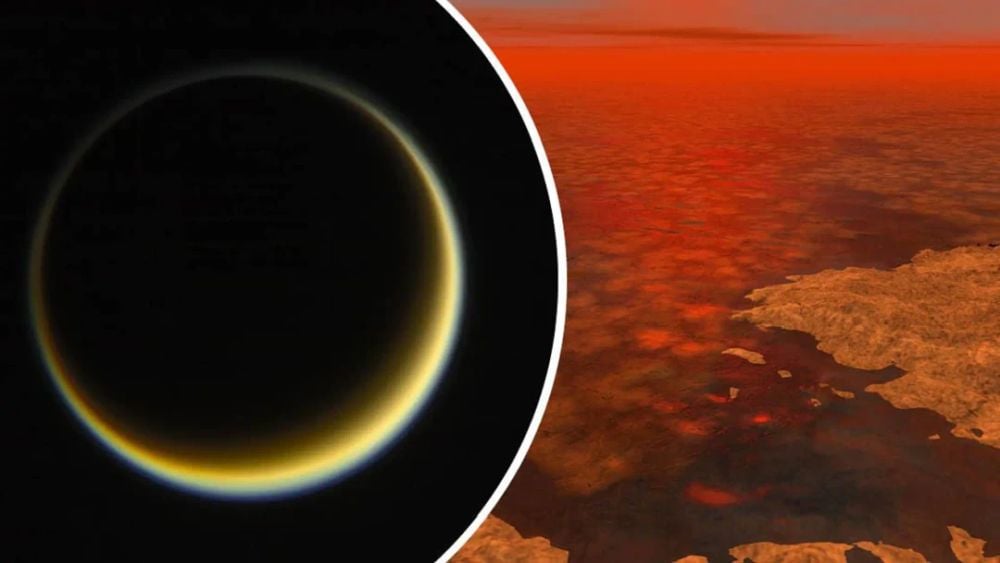
On bizarre Titan, chemicals can combine in surprising ways, creating host-and-guest relationships. Since Titan is similar to primitive Earth, these new findings could shed light on Earth's prebiotic chemistry. Stay tuned.
Continue reading

All sorts of crazy things have been suggested regarding 3I/ATLAS, the third known interstellar object that we’ve discovered. Some are simply conspiracy theories about it being an alien spacecraft, while others have been well-thought out suggestions, like using Martian-based probes to observe the comet as it streaked past the red planet. A new paper pre-published on arXiv and accepted for publication by the Research Notes of the American Astronomical Society by Samuel Grand and Geraint Jones, of the Finnish Meteorological Institute and ESA respectively, falls into the latter category, and suggests utilizing two spacecraft already en route to their separate destinations to potentially detect ions from the object’s spectacular tail that has formed as it approaches the Sun.
Continue reading

Researchers have discovered remnants from the primordial Earth before the giant collision that created the Moon. The ingredients of this "proto-Earth" help tell the tale of the entire Solar System. But there are still unanswered questions regarding all of the material that became the Earth.
Continue reading
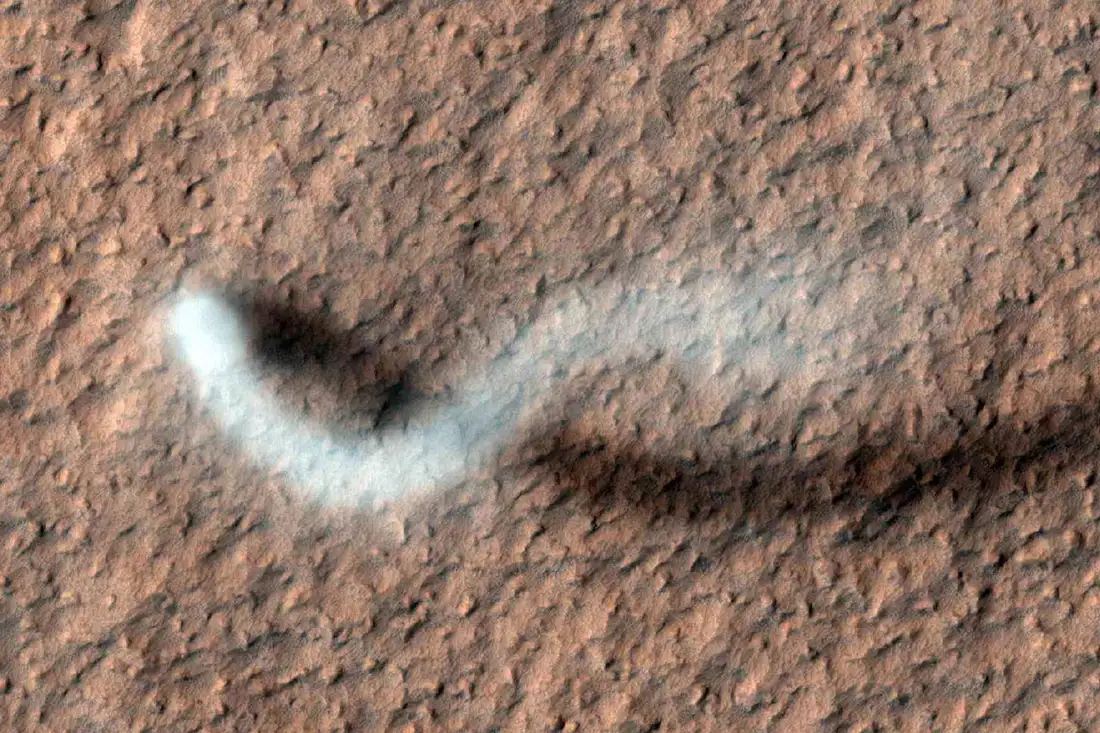
An international research team led by the University of Bern analyzed images taken by the Mars Trace Gas Orbiter (TGO) camera, CaSSIS, and the stereo camera HRSC, utilizing machine learning. Their work reveals that dust devils, a common feature on Mars, are faster than previously thought.
Continue reading

By treating optical telescopes as an array of smaller telescopes, astronomers could observe exoplanets more clearly.
Continue reading
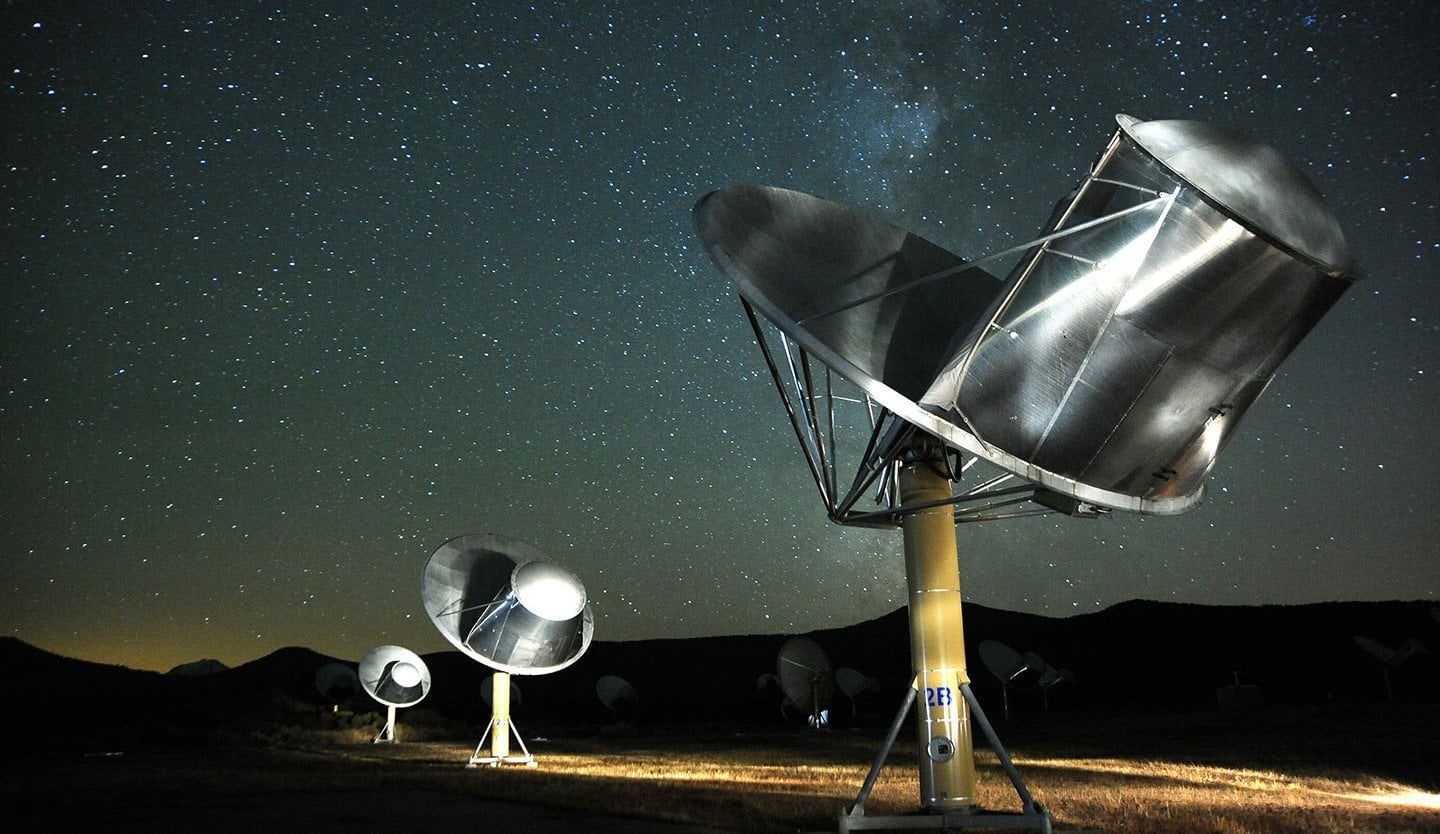
The Search For Extra Terrestrial Intelligence (SETI) is evolving. We’ve moved on from the limited thinking of monitoring radio waves to checking for interstellar pushing lasers or even budding Dyson swarms around stars. To match our increased understanding of the ways we might find intelligence elsewhere in the galaxy, the International Academy of Astronautics (IAA) is working through an update to its protocols for what researchers should do after a confirmed detection of intelligence outside of Earth. Their new suggestions are available in a pre-print paper on arXiv, but were also voted on at the 2025 International Astronautical Congress (IAC) in Sydney, with potential full adoption early next year.
Continue reading

Space-based solar power has been gaining more and more traction recently. The recent success of Caltech’s Space Solar Power Project, which demonstrated the feasibility of transmitting power from space to the ground, has been matched by a number of pilot projects throughout the world, all of which are hoping to tap into some of the almost unlimited and constant solar energy that is accessible up in geostationary orbit (GEO). But, according to a new paper from a group of Italian and German researchers, there are plenty of constraints on getting that power down here to Earth - and most of them are more logistical than technical.
Continue reading

What can cryovolcanism on Pluto teach scientists about the dwarf planet’s current geological activity? This is what a recent study published in The Planetary Science Journal hopes to address as a team of researchers investigated potential cryovolcanic sites within specific regions on Pluto. This study has the potential to help scientists better understand the current geological activity, including how it can be active while orbiting so far from the Sun.
Continue reading

Mars has experienced multiple ice ages, with each one leaving less ice than the last. By studying craters that serve as “ice archives,” researchers traced how the red planet stored and lost its water over hundreds of millions of years. These frozen records not only reveal Mars’ long-term climate history but also identify hidden resources beneath the surface that could provide drinking water, oxygen, and even rocket fuel for future astronauts.
Continue reading
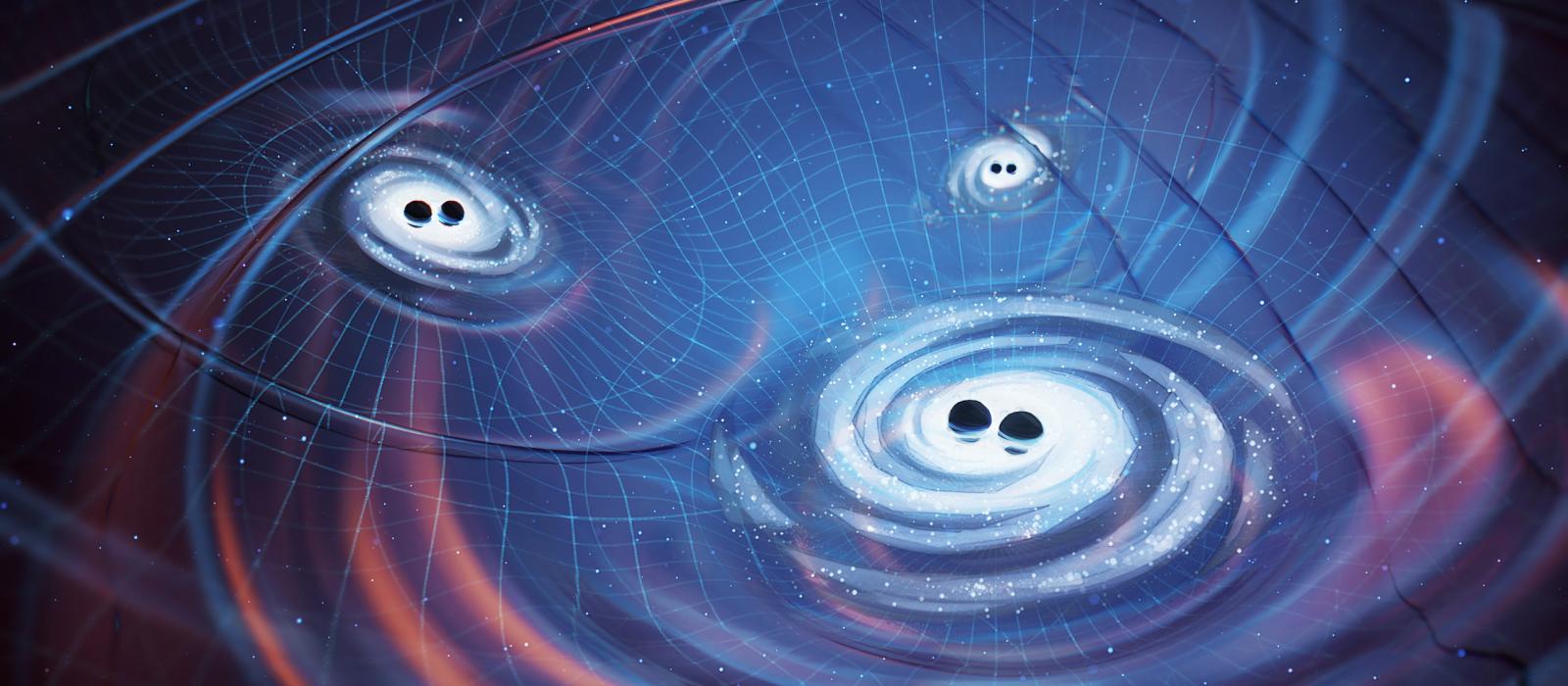
Astronomers are listening for cosmic gravitational waves in the rhythm of pulsars. But even after finding them, they will need to distinguish between cosmic waves and the more local waves of black holes.
Continue reading
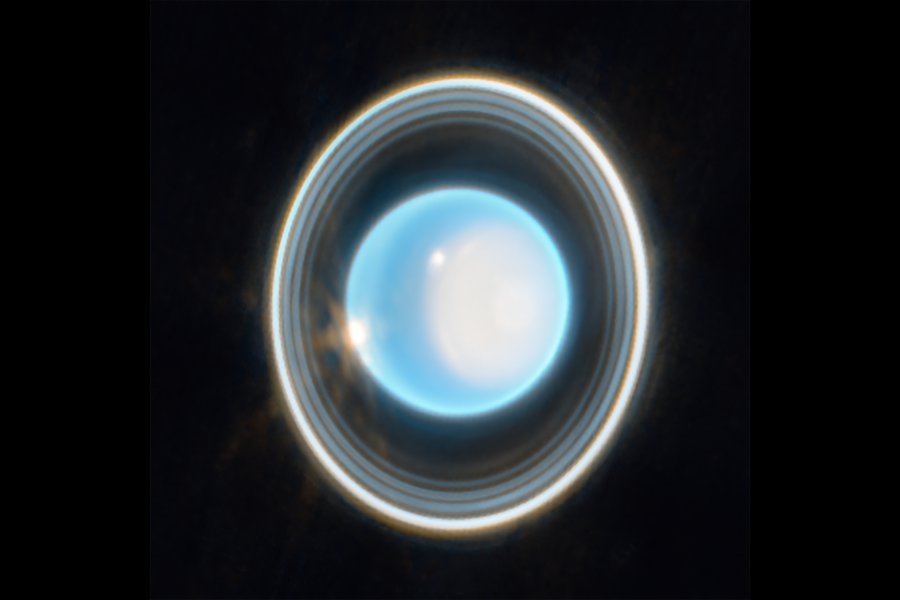
The ice giants remain some of the most interesting places to explore in the solar system. Uranus in particular has drawn a lot of interest lately, especially after the 2022 Decadal Survey from the National Academies named it as the highest priority destination. But as of now, we still don’t have a fully fleshed out and planned mission ready to go for the multiple launch windows in the 2030s. That might actually be an advantage, though, as a new system coming online might change the overall mission design fundamentally. Starship recently continued its recent string of successful tests, and a new paper presented at the IEEE Aerospace Conference by researchers at MIT looked at how this new, much more capable launch system, could impact the development of the Uranus Orbiter and Probe (UOP) that the Decadal Survey suggested.
Continue reading

 Universe Today
Universe Today
















































